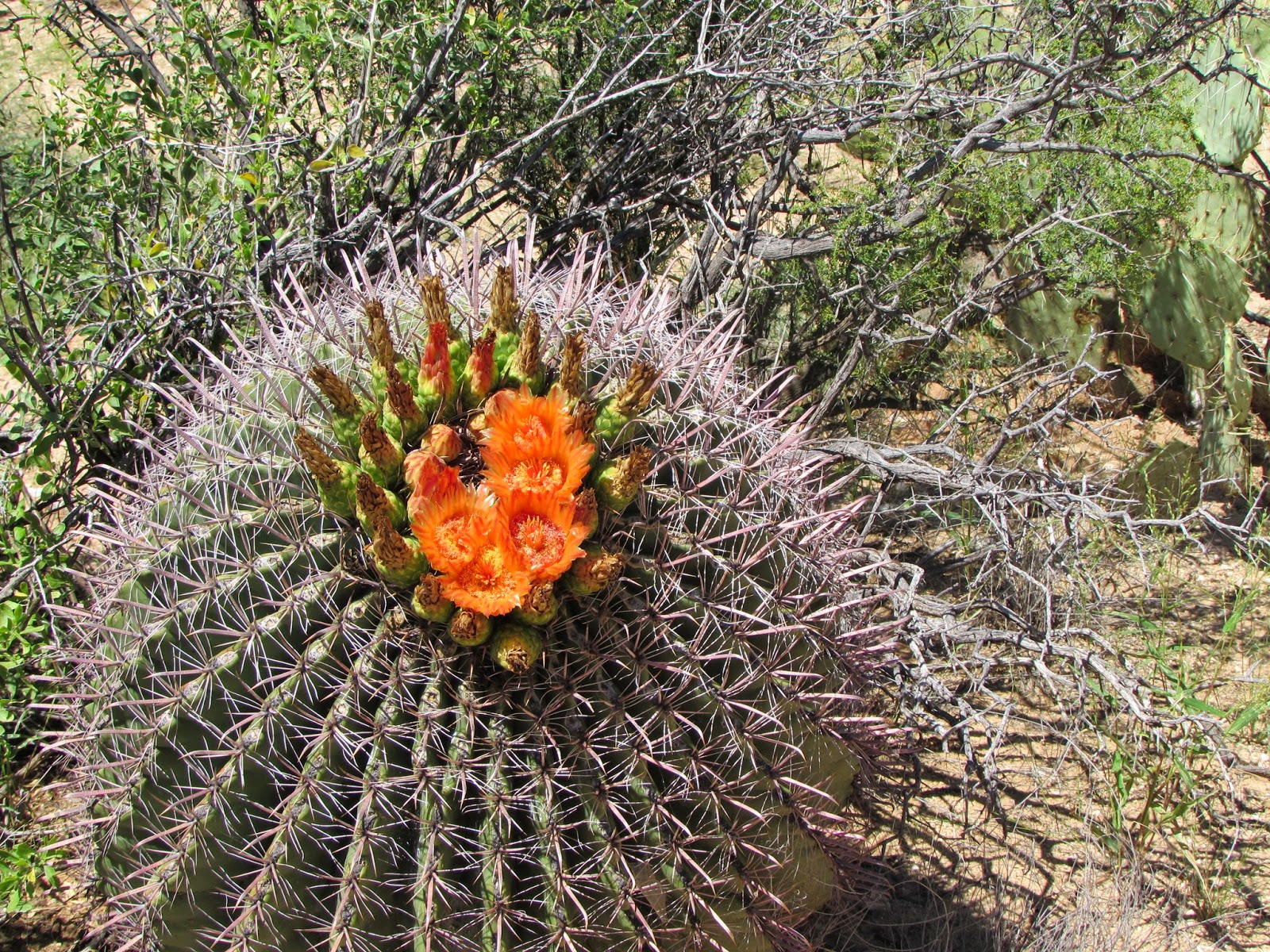A day in the life of an MGeol student
Fourth-years are beginning to reach the final hurdle of their undergraduate degree. Some are nearing completion of their Masters Research Projects, whilst the majority (me included) run around like headless chickens trying to complete a to-do list that seems to have no finish.
I’m going to share with you a normal day of data collection. This insight is aimed at early geology undergraduates as well as outsiders. Hopefully, everything explained in this post is as if you’ve never had the pleasure of SEM analysis! But let me know if you have questions.
Lab facilities tend to be fully booked as other students begin to realise the deadline is looming and panic begins to set in. So when your designated lab day finally comes around, it really is precious. You need to set yourself deadlines otherwise you might run out of time and have to wait another three weeks until you can re-visit a sample.
One facility many of us having been using for our Masters Research Project is the SEM. The Scanning Electron Microscope looks scary, but once you’ve had training, it really is simple to use. To give you a basic overview of the instrument, it creates high-resolution digital images of a range of things including microfossils, powders and rock thin sections. The instrument can also analyse an area of the thin section (as opposed to one particular point) to identify which elements are present in what minerals. This is what I’m going to be doing today.
Working out exactly where you are on a thin section can be quite tricky as you can only see a very zoomed in version. Magnification can be huge and even though it feels like you’ve navigated far on your thin section, you may have only moved 1cm. I try to make this step quick and easy by identifying areas I want to look at and marking them very clearly (and remember I am racing against the clock!).
To explain it to someone who’s never used this before, I’d say to take on the mentality of a crow (don’t laugh)! Crows like shiny objects and I’m looking for a particular set of minerals called sulfides that are relatively bright in comparison to the other minerals that surround it. So bare this in mind.
I’ve arrived at one of my pre-chosen sites, and now I’ve found something quite cool: a bright thing rimmed by a bright thing! We’re on to something here…
I begin by ‘zapping’ to find I have chalcopyrite (CuFeS2) surrounded by bornite (Cu5FeS4). They are both made up of copper, iron and sulfur so I’m expecting these elements to be present and bright when I begin mapping. What I’m also interested in, is whether there are any other elements lurking within the sulfide minerals. These minerals are mined for their copper content, however if there is something else present like gold or silver, this can mean that the ore could be worth more since it has precious and semi-precious by-products alongside the copper. This is the very topic of my Masters Research Project. The copper is being mined, so why not investigate whether there could be anything else that could be of value!
Below is my first map of copper and rightly so, the surrounding bornite (Cu5FeS4) contains more copper than the inner chalcopyrite (CuFeS2). The copper is contained within only these minerals. The speckles in the surrounding matrix is background noise.
Now let’s look at a potential by-product of copper ore, gold. Sadly all that is present is background noise (below).
Something that I now have to consider is the capabilities of the machine. Gold could still be present, but most likely below the detection limits of the machine. Often a negative result is just as important a conclusion.
Something that I was asked about at a previous PhD interview, was why did I decide to undertake an MGeol at Leicester and not look else where for MSci/MSc degrees? Undertaking a year-long project at Leicester alongside curriculum modules enables you to delve into a greater depth of analyses and learn a breadth of analytical skills. Had I of taken an MSci/MSc elsewhere, my research project may have only been for a few months and I may not have been able to learn all the things that I have done so far.
Hopefully this have given you an idea of the type of research you can get involved with when you complete a four year undergraduate geology degree here at Leicester.
My next blog will feature my experiences of applying for a PhD project and what to expect!
Reblogged. Original post http://studentblogs.le.ac.uk/geology/2016/03/11/a-day-in-the-life-of-an-mgeol-student/






Comments
Post a Comment